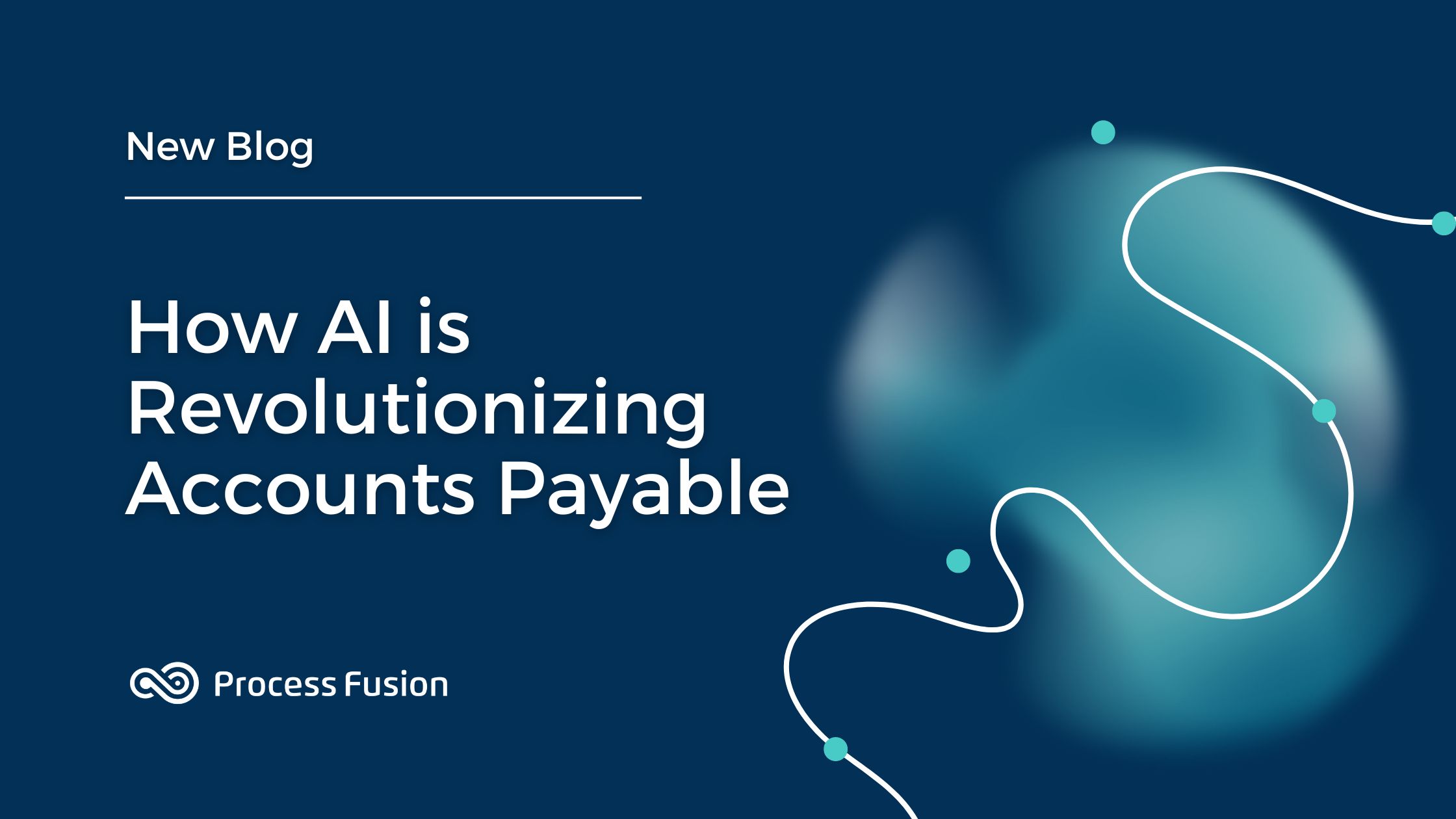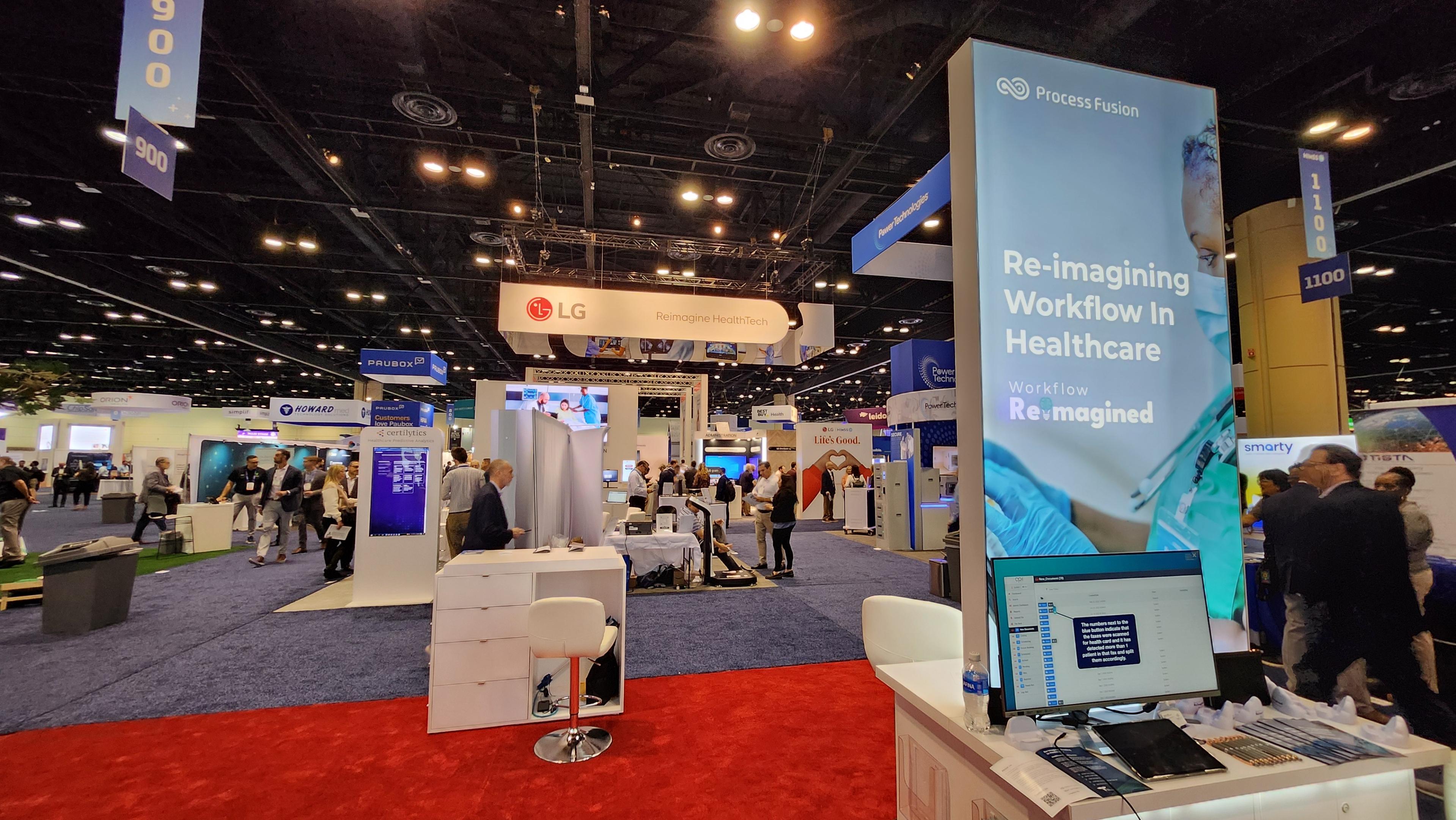
Making most of the business capital is necessary for your company’s growth. Without accelerating and optimizing daily tasks, making most of your resources is not easy. Business process automation allows you to automate repetitive tasks and make your workforce productive.
Whether it’s expense filing, equipment provisioning, or onboarding, business process automation allows companies to improve how they work. As more technologies develop, companies now have a diverse array of tools for automating everyday tasks and decreasing the workload for their employees.
The total market size of business process automation is expected to hit $6.6 billion globally by 2021. Digital transformation is increasingly becoming necessary for surviving today’s competitive market.
That said, companies not only have to automate tasks but at the same time, lay the groundwork for a culture of process excellence. In other words, you must leverage end-to-end process automation and improve business processes in every way. In this article, we will outline 3 steps to implement end-to-end business process automation for your company.
Process Mapping
Process mapping is how you kick start end-to-end business automation. It helps you understand critical processes effectively and review critical information about your workflows in-depth, providing vital insight into their main purpose and requirements.
A process map offers you a simple and efficient way of visualizing information, making it easier for everyone to interpret it across the company. Process mapping optimizes and accelerates processes as it enables everyone else to identify critical tasks and discover how many of them require collaboration.
From the process manager’s perspective, it helps him identify where you require automation immediately. Process mapping provides you with a roadmap for implementing workflow automation and helps a lot in implementing end-to-end automation.
Automating
After completing process mapping, it is easier to start process automation. However, to implement automation comprehensively, we must establish a workflow where we can divert tasks and automate tasks inside our processes. We also need to leverage several technologies at every stage to divert resources from repetitive tasks and use our resources for higher-value tasks.
1-Robotic Process Automation
Data-driven and intelligent capture solutions are useless if they can’t help your organization automate. This is why many of these solutions leverage Robotic Process Automation (RPA) to automate manual, repetitive activities.
RPA plays a key role in driving efficiency and lowering costs across various industries. It not only accelerates reliable acquisition and third-party web-based systems, allowing us to execute business processes faster. At the same time, it boosts our understanding and integration of information from legacy.
RPA automates both physical and electronic document & data capture. This means that it minimizes operational costs and improves the productivity of your employees, generating more ROI for you, as a result
Robotic process automation (RPA) is one of the most significant developments in workflow technology in recent years. Where traditional workflow automation specializes in automatically moving tasks between workers, RPA focuses on completing the tasks itself.
2-Intelligent Capture
Capture technologies are the cornerstone of an automated workflow. Today, most businesses are forced to deal with unstructured data. Intelligent capture is an intelligent solution that leverages OCR and artificial intelligence (AI) to automate the understanding, and integration of documents we need.
Incorporating intelligent capture helps organizations optimize business processes and engage & empower customers more effectively. The purpose of capture is to automate the processing of unstructured data saved within emails and various forms of documents. It helps employees understand the information within an email or document, extract it, and send it to the right user.
Capture allows businesses to work on every type of unstructured information, regardless of its source or origins. You can use the information to train your robots on how to handle claims, contracts, enrollment forms, sales orders, and even correspondence. The system is so robust that it can handle any document that’s essential for your business process.
That said, intelligent capture is often used for invoice extraction. This tool is embedded with pre-configured features implemented while keeping best practices in mind. This is why intelligent capture can automatically identify and extract data from invoices regardless of the currencies and countries involved.
Users only have to enter data in the field data to provide initial samples for supplier invoices. Once you do that, the system uses AI and machine learning to embed the design in the machine’s memory and recognize those invoice fields in the future.
Download the eBook: AIIM’s Report on Incorporating Intelligent Capture into Your Digital Transformation Strategy
3-Document Management
Optical Character Recognition serves as the backbone of digital transformation efforts in most organizations. Unsurprisingly, OCR plays a key role in an end-to-end business process automation as well.
Because of this, many companies have started implementing advanced OCR and including advanced features such as data extraction from images and documents. They also leverage OCR tools by using screen scraping.
Screen scraping allows them to capture bitmap data from system screens, then later cross-check it against stored information. Likewise, OCR features enable them to structure data as they process structured documents.
These features revolutionize document management and replace manual processing with advanced process automation. Because of that, companies can now use RPA and OCR-based solutions to process tax forms, invoices, as well as, claims.
By combining OCR and other computer vision algorithms, you can augment bots with your human workforce.Intelligent document management allows you to processes important business documents, such as purchase orders, payments, claims, invoices, and onboarding.
Optimizing
Full-scale capture, document management, and RPA integrations reach their potential only when you implement intelligent and adaptive systems to support them. We can harness and apply data generated by bots to various domains in business. Insights from data can help us gain a better understanding of internal processes and improve our processes substantially.
End-to-end process automation drives efficiency and lowers costs across the organization. To compete with today’s market, adapting to technological changes is essential. As your business grows, you must scale your processes and manage them more effectively.
Doing so requires fast and effective processes supplemented by automated workflows. Automated and data-driven processes allow you to optimize your business, govern it more effectively, and reach better decisions to outperform everyone else in the market.







